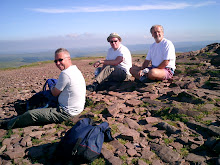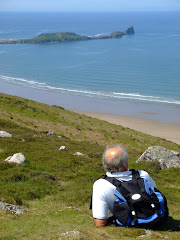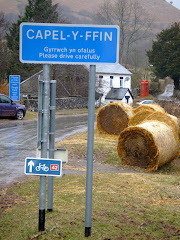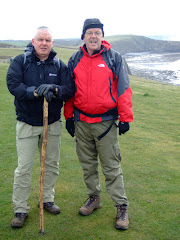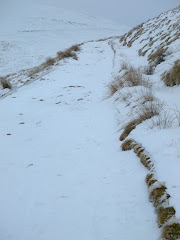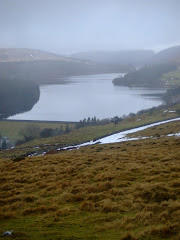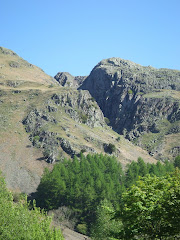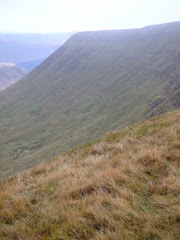
Environment Minister Jane Davidson today opened the latest stretch of the Wales Coast Path. The new 8km/5m section at Laugharne links existing rights of way and improves the level of access for users at this famous coastal village.
The Welsh Assembly Government is fully committed to the establishment of a continuous path of approximately 850 miles that runs around the coastline of Wales by May 2012. The project is on schedule, with sections being regularly opened.
Speaking about the new section of the path, the Minister said:
'I am impressed with the initiative taken by people here in Laugharne to embrace the benefits of coastal access. The Dylan Thomas Birthday trail, funded independently of the Coastal Access Improvement Programme, has caught the imagination and demonstrates the way ahead to other coastal communities throughout Wales. I am confident that the Coast Path will attract more visitors to the South Wales coastline and in doing so will provide a real boost to the local economy. The Coast Path is not just important for sustainable tourism. I hope that local people will make the most of opportunities to enjoy the scenery while walking along the path and that it will encourage people to live more active and healthy lives, in line with the Assembly Government’s Change4Life programme.'
Dylan Thomas lived at Laugharne for 16 years and in his poetry describes many local sites, including views across the Taf estuary which can be enjoyed from the Coast Path.
Carmarthenshire County Council executive board member for regeneration and leisure Cllr Clive Scourfield said:
'We are extremely keen to see the completion of our section of the Wales Coast Path. We have agreements to finish work on over 94% of the county, and are progressing with discussions for any remaining sections. Whatever the case, we should have the route ready by the spring 2012 deadline.'
While in Laugharne the Minister spoke of how work on the Path is progressing:
'The wonderful Wales Coast Path will be officially opened on Saturday 5th May 2012. Already, 80% of the route we plan to open next spring is available to walkers. Since the project began in 2007 we have created over 70 miles of new path and improved more than 240 miles of existing pathway.'
Under the Coastal Access Improvement Programme (CAIP), the Welsh Assembly Government is committed to creating a continuous path that runs right around the coastline of Wales, and has been investing in access improvements in partnership with the Countryside Council for Wales. CAIP funding of £2 million per year has since 2009 been backed by the European Regional Development Fund which totals £3.9m over 3 years, to support development of the Coast Path by 2012.


































